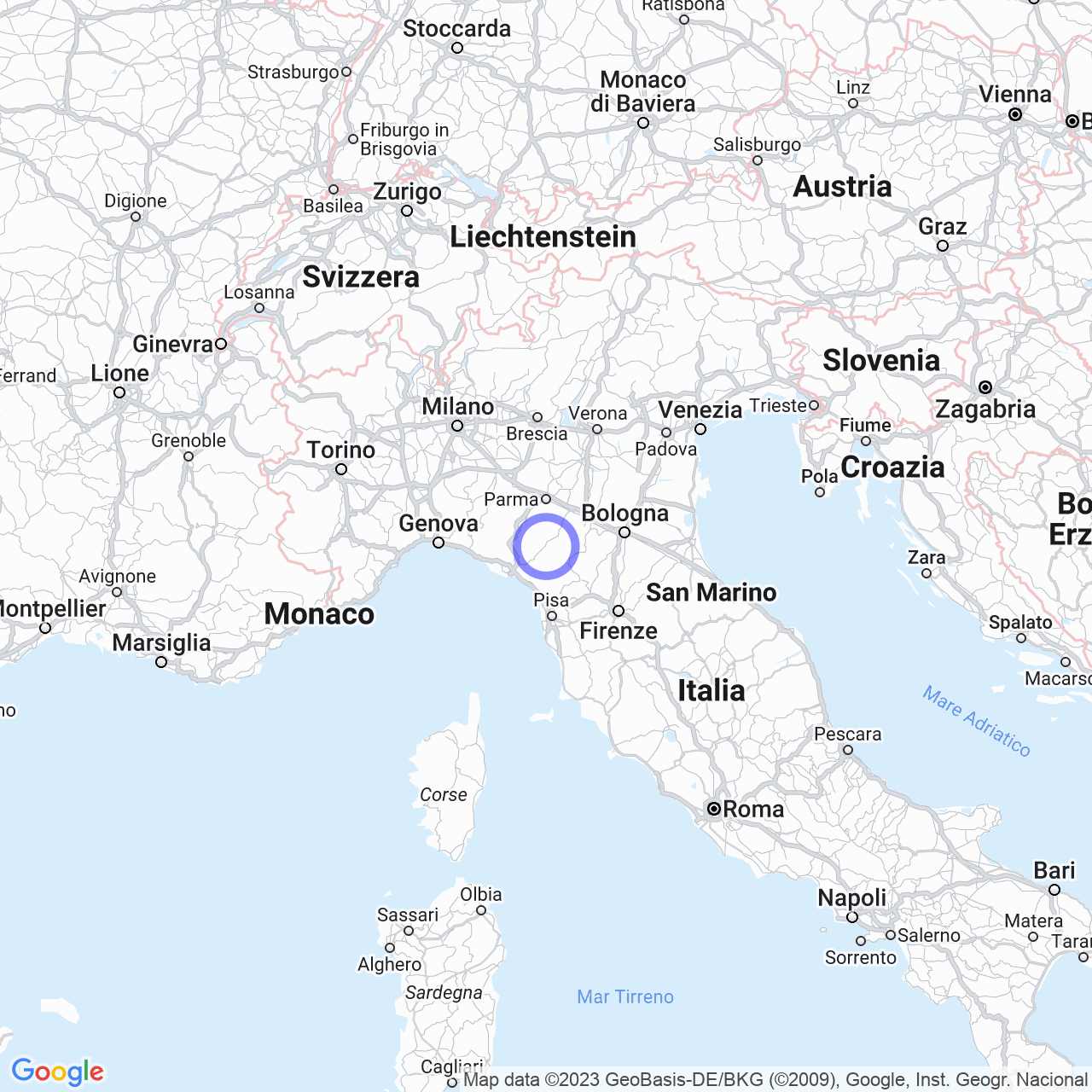Busana
Discovering Ligonchio
Hello friends, today I'm taking you on a journey to discover a wonderful town in the province of Reggio Emilia called Ligonchio. Despite being part of the municipality of Ventasso since 2015, Ligonchio remains a jewel of the Tuscan-Emilian Apennines where nature and traditions are still alive and respected.
The Territory
The town is located at 949 m above sea level between the Ozola and Secchia valleys and is surrounded by a national park of rare beauty, the Tuscan-Emilian Apennines. The landscape dominated by mountains, the fresh mountain air, and the lush vegetation make Ligonchio a privileged destination for nature lovers and outdoor activities. Additionally, the town is known for the presence of two hydropower plants of considerable architectural value.
Ligonchio is divided into two main nuclei, called Ligonchio di Sopra and La Valla where the Town Hall and Parish are located. The town is connected to the state road 63 of the Valico del Cerreto and to Tuscany by provincial road 18 which passes through the Pradarena Pass, the highest mountain pass in the Northern Apennines. The municipal territory, which extends over an area of 61.70 km², also includes the hamlets of Caprile, Cinquecerri, Giarola, Campo, Montecagno, Ospitaletto, Piolo and Vaglie.

The Climate
Ligonchio's climate is predominantly mountainous, with an average annual temperature below 10°C. In winter, snowfall is frequent, making the town even more enchanting, while temperatures rarely exceed 25°C in summer. Thanks to the cool and humid climate, the vegetation is very lush, offering visitors an extraordinary natural spectacle.
The History of Ligonchio
The origin of the name Ligonchio is still unclear. However, according to some ancient documents, it seems to derive from the word "Ligure" as in ancient times, groups of men who migrated from Mediterranean regions to northern Italy were called Ligurians. Over the years, Ligonchio has undergone numerous changes of ownership, passing from one noble family to another in the area.
In 1076, the court of Ligonchio was given to the Frassinoro Abbey by Matilda of Canossa to finance the fortification of Carpineti. In 1158, the village emerged again in the documents of Frederick I of Swabia, belonging to the fiefdoms of the Dalli di Sillano. In 1383, the Rocca di Ligonchio and Piolo passed to the Vallisneri family.
Attractions of Ligonchio
Ligonchio is a place rich in natural, historical, and culinary attractions.
Hiking Trails
The Tuscan-Emilian Apennines to which Ligonchio belongs are famous for their hiking trails, which offer an unforgettable experience for nature lovers. There are numerous trails that cross the territory of Ligonchio, each with different features. The most famous is the "Sentiero delle Pietre Sciolte" (SAT 614), a route of about 13 km that starts from the center of the village and reaches the Sassoguidano Nature Reserve.
Gastronomy
Ligonchio's gastronomy never fails to impress visitors. Here, you can taste typical dishes of the Emilian Apennines, such as potato tortelli, tagliatelle with ragù, tripe, soups, and roasts. Additionally, the town is famous for its handmade cured meats such as coppa, prosciutto crudo, pancetta, and culatello.
The National Park of the Tuscan-Emilian Apennines
Ligonchio is located within the National Park of the Tuscan-Emilian Apennines, a protected natural area that extends over more than 200,000 hectares between the regions of Tuscany and Emilia-Romagna. The park is rich in flora and fauna, with numerous hiking trails and scenic viewpoints to admire the landscape.
Conclusion
In summary, Ligonchio is an enchanting place where history, culture, and nature blend into one. For mountain lovers, this town offers a truly unique experience, with countless hiking trails surrounded by breathtaking scenery. Moreover, with its gastronomy and privileged location within the National Park of the Tuscan-Emilian Apennines, Ligonchio is an ideal destination for those seeking a relaxing vacation immersed in nature.
